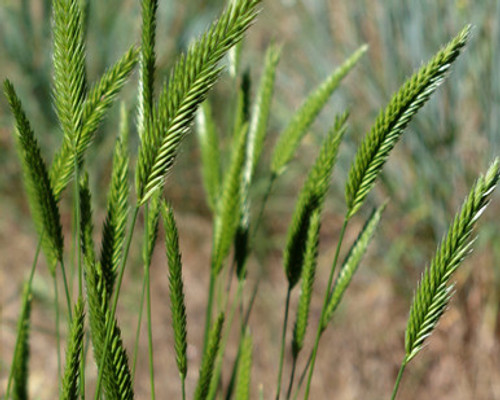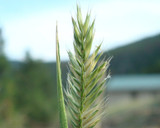


Hycrest Crested Wheatgrass
Description
Hycrest Crested Wheatgrass is a long-lived, cool-season, drought-tolerant grass with an extensive root system. It was introduced to the West in the 1800's as a rangeland grass. It germinates under a wide range of conditions, has strong seedling vigor, and successfully establishes under challenging conditions. It is best adapted to heavier soils of good fertility, with early growth in spring ahead of most other native or introduced grasses. It becomes dormant during hot and dry summer months, but growth resumes when moisture is sufficient.
It is completely winter hardy across the Plains and is long-lived, persistent, and easily endures adverse management and heavy grazing pressure. It has high-quality forage during early Spring growth and often good fall forage for livestock and some big game species. With stiff stems poking through the snow, it can even serve as winter forage on some pastures.
Crested Wheatgrass is ideal for re-vegetation of disturbed areas and is one of the few plants adapted to Western conditions that can effectively control and/or prevent the establishment of invasive annual rangeland weeds such as cheatgrass. It is also planted to serve as a fuel break ('Green Stripping') to control the spread of rangeland wildfires. Because of past extensive use in rangeland projects, its quick establishment, and long persistence, Crested Wheatgrass can become overly dominant. To help determine if this is the right choice for your conditions, we can consult with you to determine the best course of action.
Adaptation: must be adapted to the environmental conditions of the site. See above for this information and compare it to your conditions.
Growing Height: 1 to 3 feet
Min Yearly Rainfall: 8"
Seeds Per Pound: 88,000
Acre Rate: 22 lbs
Lbs per 1000sq feet: 3 lbs
Zone
Planting Information
Plant Characteristics




